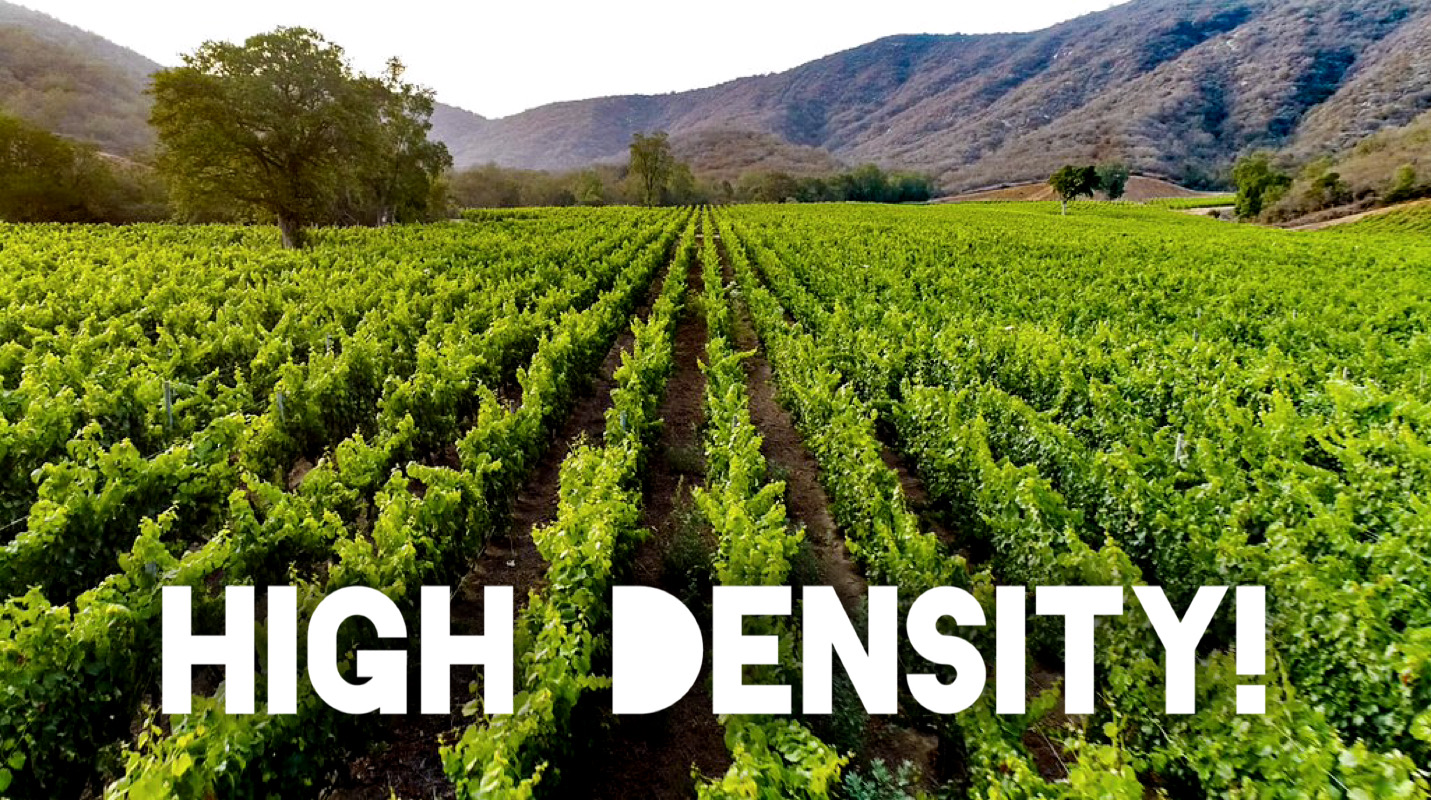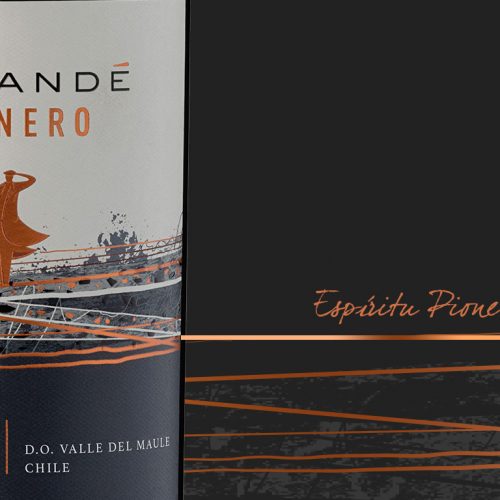
04 Ago High Density Vineyards
When planting a vineyard, its density of plantation is one of the most important aspects. The planting density is determined, amongst other factors, by the place’s climate (temperature and precipitations), the vigor of the chosen variety and the type of machinery to be used in the vineyard.
For example, planting high density vineyards in drier zones is not advisable, since the vines need to expand their roots in search of humidity, thus taking up a great volume of soil. On the other hand, the use of standard tractors determines the width of the rows, which consequently lowers the planting density. In rather humid areas, the vines grow higher, casting shadow on the neighboring plants if they are too close. Too vigorous varieties, or those established on very fertile soils, will need more space to grow and develop.
All these cases help demonstrating that the planting density is a very important factor when it comes to establishing a vineyard. This is a long-term decision that will define the microclimate in which the bunches will develop, and therefore, have an influence on the quality of the grapes.
The most classical French school tells us that the higher the planting density, the better the quality of the grapes and, ultimately, also their quantity. This, because, although each plant produces fewer bunches, they will deliver grapes of higher concentration. And the higher number of plants compensates for their lower production.
Keeping these considerations in mind, in 2004 and 2005 Viña Morandé planted two new estates, one in the Maipo Valley and the other in the Valley of Casablanca, both in high density. Exactly 10,100 plants per hectare. Such density can only be achieved in places where climate and soil produce a natural balance in the plants and therefore, grapes of optimal quality.
High density leads to having smaller vines and lower loads. It produces fewer bunches on each plant and, therefore, fruit with greater concentration of aromas, flavors and phenolic compounds –such as color and tannins– in red grapes.
Given the size and the pruning system of these vineyards, it is not possible to force them to produce high yields per hectare. This would only dilute the grapes and change the acidity / sugar ratio, so important at harvest time.
With more than 10,000 plants per hectare, at Viña Morandé we produce 1 kg of grapes per vine. It may seem very little, but it is of great quality, and it translates into 1 bottle of wine per plant.
Ricardo Baettig
Winemaker at Viña Morandé


